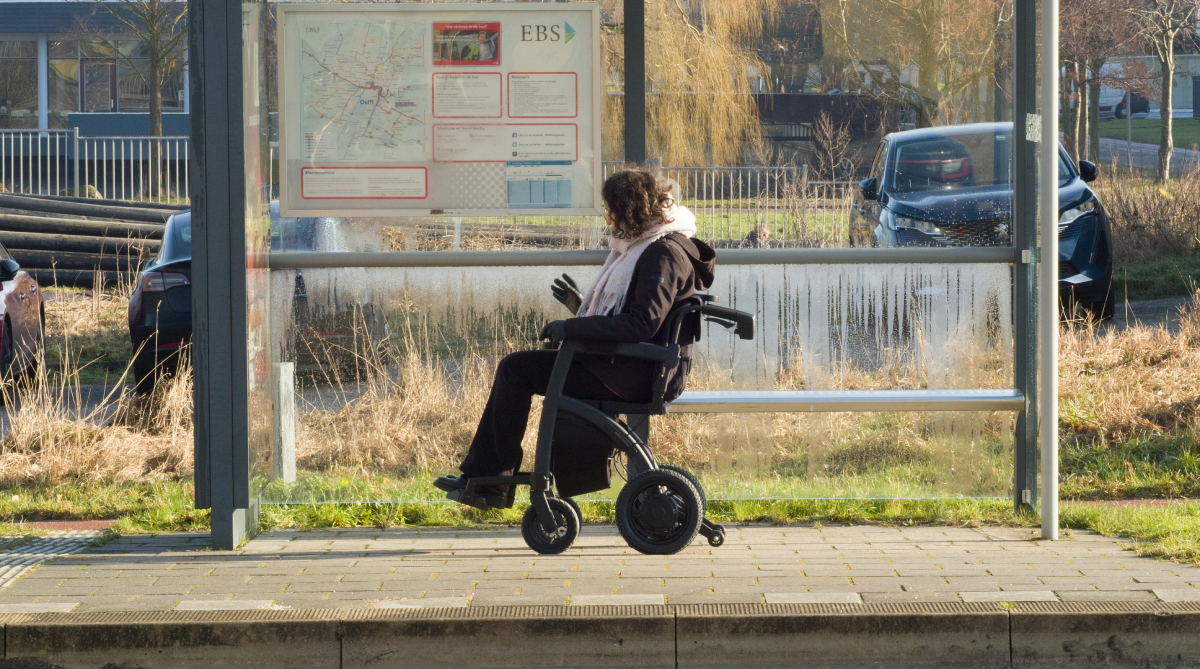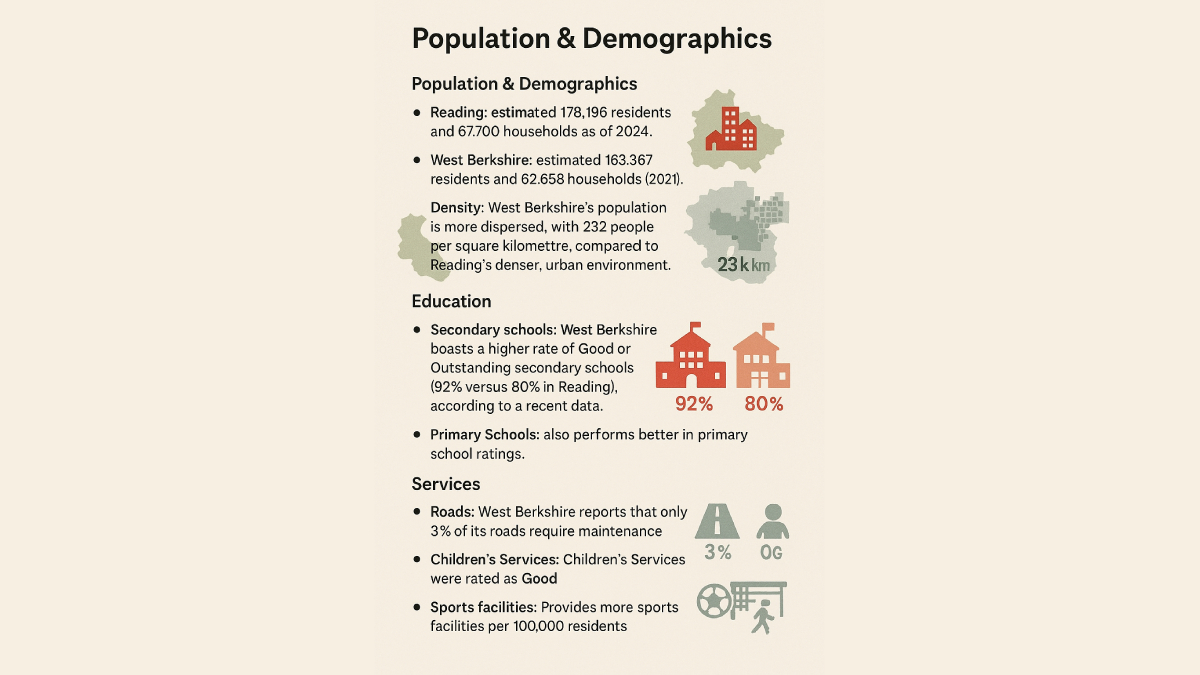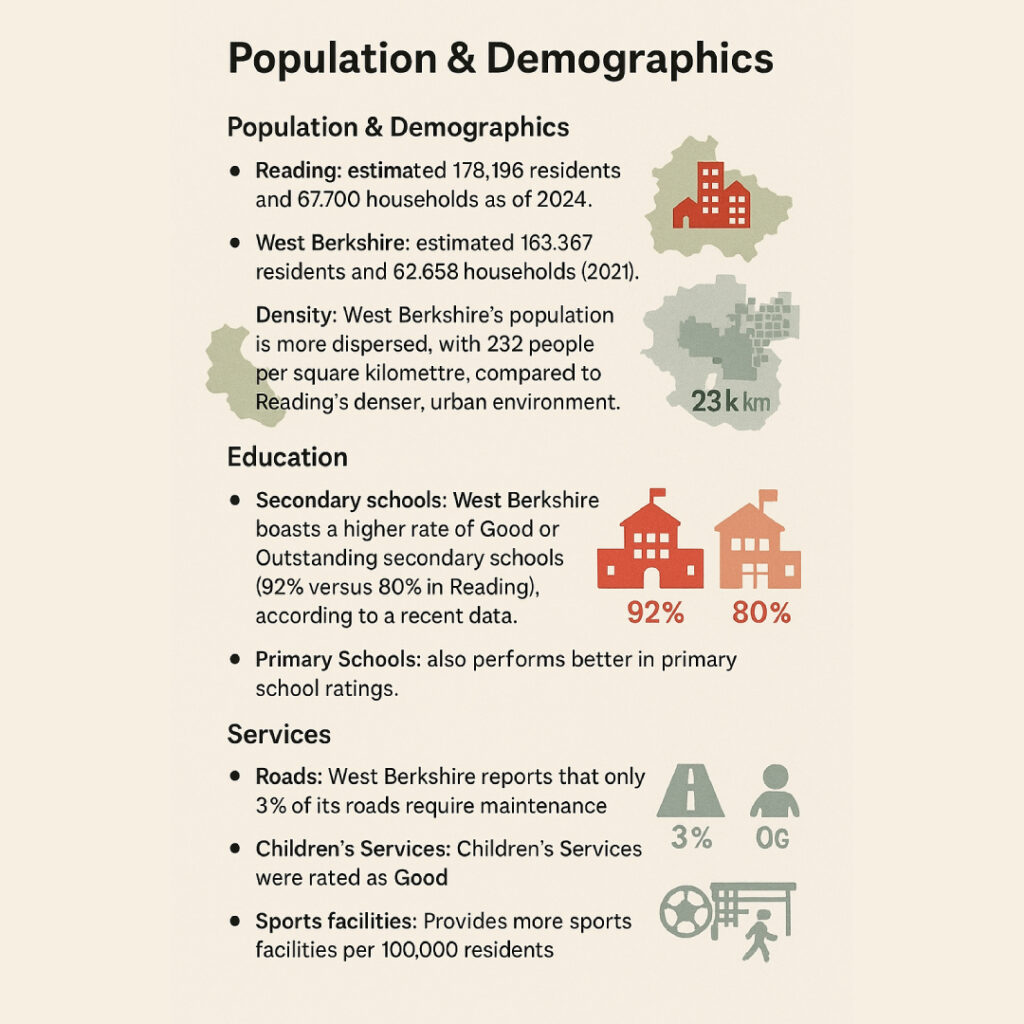Following its successful first year in 2017, the line-up for this year’s Reading on Thames Festival has been announced.
The Reading on Thames Festival takes its inspiration from Reading’s majestic waterways and sets out to create a vibrant, broad appeal arts and cultural festival programme set in venues and unusual outdoor spaces across Reading. Between 6-16 September, Festival-audiences can expect to encounter exhilarating performances and unexpected encounters.
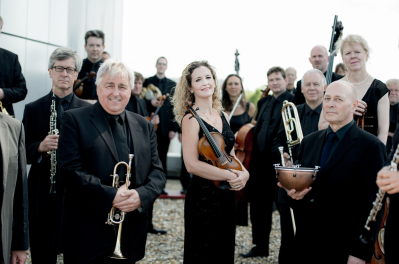 The programme includes nationally-renowned performers and the finest Reading-based arts groups working in collaboration to create a unique experience for audiences. Highlights include In Place of War’s GRRRL featuring Charlotte Adigéry – a live music concert with performances from revolutionary independent female artists from Brazil, Zimbabwe, Ghana, Venezuela, Bangladesh and the UK, fusing music from ghetto base to electronica; fresh from their involvement in Lumière London, Cirque Bijou** will be bringing A Circus Soiree, an immersive evening of the most contemporary of circus, to the banks of the Thames at Caversham Court Gardens; renowned philosopher Theodore Zeldin will be hosting a conversational meal, Theodore Zeldin’s Feast of Strangers, on the top floor of Thames Tower; there will be a night-time arts-filled walk through Reading, The Reading Midnight Run; high-quality classical music from the London Mozart Players in the High Sheriff of Berkshire’s Concert; a film trail; film showings and photography.
The programme includes nationally-renowned performers and the finest Reading-based arts groups working in collaboration to create a unique experience for audiences. Highlights include In Place of War’s GRRRL featuring Charlotte Adigéry – a live music concert with performances from revolutionary independent female artists from Brazil, Zimbabwe, Ghana, Venezuela, Bangladesh and the UK, fusing music from ghetto base to electronica; fresh from their involvement in Lumière London, Cirque Bijou** will be bringing A Circus Soiree, an immersive evening of the most contemporary of circus, to the banks of the Thames at Caversham Court Gardens; renowned philosopher Theodore Zeldin will be hosting a conversational meal, Theodore Zeldin’s Feast of Strangers, on the top floor of Thames Tower; there will be a night-time arts-filled walk through Reading, The Reading Midnight Run; high-quality classical music from the London Mozart Players in the High Sheriff of Berkshire’s Concert; a film trail; film showings and photography.
Reading Between The Lines will be returning for the next theatrical instalment of Reading’s medieval history (dates tbc); there will be heritage walks linked to VOTE 100 and Reading’s Abbey heritage; a new contribution from the SITELINES theatre programme from Laura Mugridge along the Thames and the Flamingods live in the Abbey Ruins, complete with light installation.
Reading on Thames Festival is a Reading UK production with support from the Great Place scheme funded by Arts Council England, Heritage Lottery Fund and Historic England. The Festival has also received generous funding from Two Forbury Place, The Oracle shopping centre, Graham and Joanna Barker, Savills, PRS Foundation and support from Reading Buses, Landid, VOTE 100 and Reading Borough Council.
 Anna Doyle, Festival Director, said: “The festival this year is welcoming new artists from across the UK to respond to Reading’s communities, its locale and is a celebration of the area’s home-grown, world-class local cultural talent. We are proud to connect to Vote 100 nationwide celebrations in which 2018 marks 100 years since Parliament passed a law which allowed the first women, and all men, to vote for the first time. The festival programme is conceived to be developed across the next years with the local community, and this year there are plenty of ways for people living and working in Reading to get involved with shaping the festival. To find out more please visit the website.”
Anna Doyle, Festival Director, said: “The festival this year is welcoming new artists from across the UK to respond to Reading’s communities, its locale and is a celebration of the area’s home-grown, world-class local cultural talent. We are proud to connect to Vote 100 nationwide celebrations in which 2018 marks 100 years since Parliament passed a law which allowed the first women, and all men, to vote for the first time. The festival programme is conceived to be developed across the next years with the local community, and this year there are plenty of ways for people living and working in Reading to get involved with shaping the festival. To find out more please visit the website.”
Nigel Horton-Baker, Executive Director, Reading UK said: “After the success of the first Festival last year, we are really excited by the programme for 2018 which mixes many of our finest cultural groups with performers of international repute. Over 10 days in September, the Reading on Thames Festival will showcase Reading, its vibrant cultural community and its growing stature as a cultural destination.”
The Reading on Thames Festival was conceived by Reading UK as a legacy event from Reading’s Year of Culture in 2016. It aims to be a catalyst for collaboration and partnership across Reading’s creative and cultural sector, illuminating Reading as a place of culture, diversity, rivers and parks.
Tickets will be on sale for each individual event. Many of the events are free and where ticket prices apply, they have been set to make the Festival as accessible as possible.
More information and tickets at http://readingonthamesfestival.org

 News2 years ago
News2 years ago
 News1 year ago
News1 year ago
 News3 years ago
News3 years ago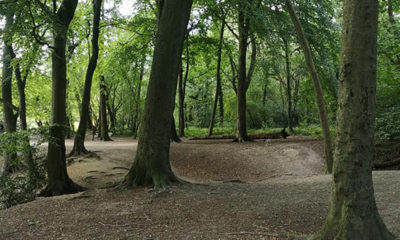
 Itineraries4 years ago
Itineraries4 years ago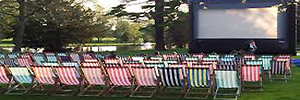
 Events3 years ago
Events3 years ago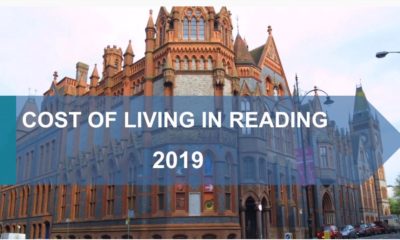
 Events7 years ago
Events7 years ago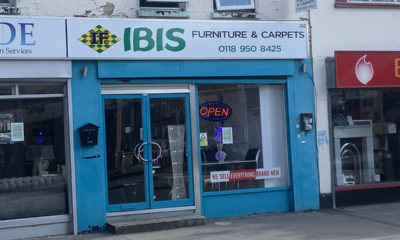
 Shopping2 years ago
Shopping2 years ago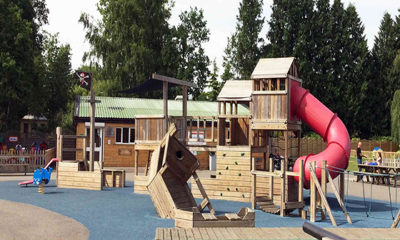
 Itineraries6 years ago
Itineraries6 years ago

 The programme includes nationally-renowned performers and the finest Reading-based arts groups working in collaboration to create a unique experience for audiences. Highlights include In Place of War’s GRRRL featuring Charlotte Adigéry – a live music concert with performances from revolutionary independent female artists from Brazil, Zimbabwe, Ghana, Venezuela, Bangladesh and the UK, fusing music from ghetto base to electronica; fresh from their involvement in Lumière London, Cirque Bijou** will be bringing A Circus Soiree, an immersive evening of the most contemporary of circus, to the banks of the Thames at Caversham Court Gardens; renowned philosopher Theodore Zeldin will be hosting a conversational meal, Theodore Zeldin’s Feast of Strangers, on the top floor of Thames Tower; there will be a night-time arts-filled walk through Reading, The Reading Midnight Run; high-quality classical music from the London Mozart Players in the High Sheriff of Berkshire’s Concert; a film trail; film showings and photography.
The programme includes nationally-renowned performers and the finest Reading-based arts groups working in collaboration to create a unique experience for audiences. Highlights include In Place of War’s GRRRL featuring Charlotte Adigéry – a live music concert with performances from revolutionary independent female artists from Brazil, Zimbabwe, Ghana, Venezuela, Bangladesh and the UK, fusing music from ghetto base to electronica; fresh from their involvement in Lumière London, Cirque Bijou** will be bringing A Circus Soiree, an immersive evening of the most contemporary of circus, to the banks of the Thames at Caversham Court Gardens; renowned philosopher Theodore Zeldin will be hosting a conversational meal, Theodore Zeldin’s Feast of Strangers, on the top floor of Thames Tower; there will be a night-time arts-filled walk through Reading, The Reading Midnight Run; high-quality classical music from the London Mozart Players in the High Sheriff of Berkshire’s Concert; a film trail; film showings and photography. Anna Doyle, Festival Director, said: “The festival this year is welcoming new artists from across the UK to respond to Reading’s communities, its locale and is a celebration of the area’s home-grown, world-class local cultural talent. We are proud to connect to Vote 100 nationwide celebrations in which 2018 marks 100 years since Parliament passed a law which allowed the first women, and all men, to vote for the first time. The festival programme is conceived to be developed across the next years with the local community, and this year there are plenty of ways for people living and working in Reading to get involved with shaping the festival. To find out more please visit the website.”
Anna Doyle, Festival Director, said: “The festival this year is welcoming new artists from across the UK to respond to Reading’s communities, its locale and is a celebration of the area’s home-grown, world-class local cultural talent. We are proud to connect to Vote 100 nationwide celebrations in which 2018 marks 100 years since Parliament passed a law which allowed the first women, and all men, to vote for the first time. The festival programme is conceived to be developed across the next years with the local community, and this year there are plenty of ways for people living and working in Reading to get involved with shaping the festival. To find out more please visit the website.”